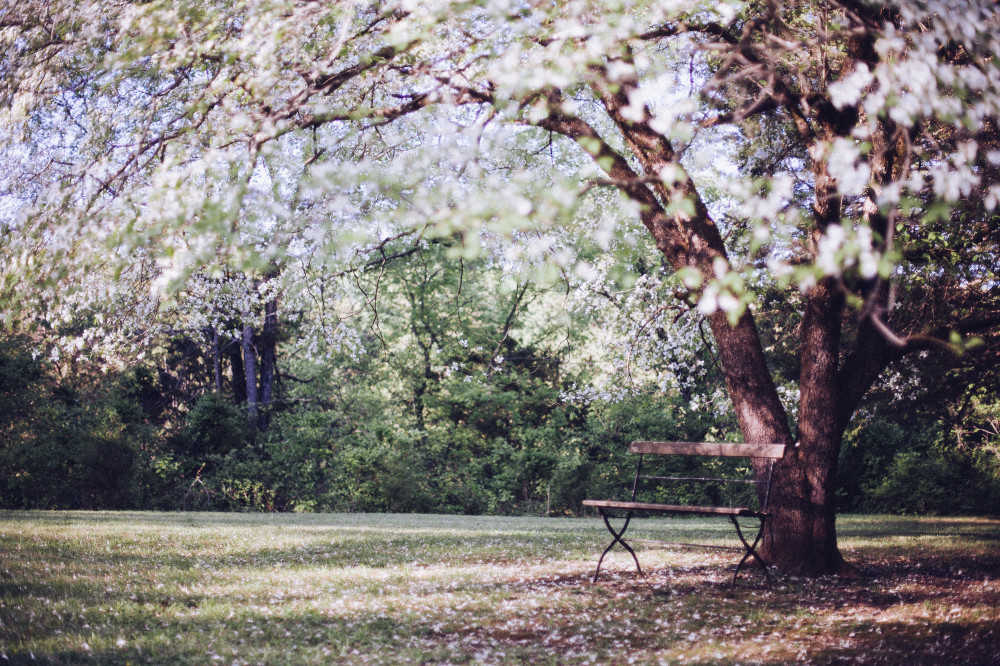Trimming the trees in your yard can be a yearly chore that you don’t dread at all. Especially if the trees are small and you consistently trim them, it can be an enjoyable task that keeps your trees looking neat all year long.
To begin, make sure you are trimming during the tree’s dormant season. There is less chance that you impede the tree’s growing and seeding cycle when you trim it during its “sleep.” Some people trim their trees in the early winter, while others wait until late winter, just before spring. Evergreens aren’t as particular, but they still do best when they are trimmed during the winter.
Here are some basic guidelines for trimming trees yourself:
- Do major trimming (that will affect the overall shape of the tree) while it is young. If you shape the tree well when it is small, you should only have to do minor maintenance for the rest of the tree’s life.
- To echo the previous point, only trim small branches. Anything smaller than 5 centimeters in diameter should be fine, but anything larger than that may become a major branch. Think carefully before removing it.
- Trim off branches parallel with the tree just outside of the branch collar. You shouldn’t leave a stub, nor should you cut it so close that it leaves a scar on the tree.
- Remove branches that have a narrow angle from the tree trunk. Every branch should have a gentle U-shaped attachment.
- Keep the crown to tree height ration to two-thirds.
You may wonder why it’s necessary to trim your trees at all. While they do grow naturally in nature, you’ll find deformities and damage to trees that aren’t cared for properly. The same things can happen to the trees in your yard if you don’t trim them often!
You may want to do crown thinning to lighten the top of the tree. In that case, space the lateral branches evenly from the beginning, and don’t allow branches to touch or rub against one another. Only remove a quarter of the living crown per year or you could cause more damage than good.
To maintain that two-thirds ratio between the crown and overall tree height, you might need to perform some crown raising tree trimming. When you’re raising the crown, be extra careful to only remove the lower branches so that the tree does not become top-heavy and weak.
Crown reduction, similar to crown thinning, is geared more toward balancing out the tree’s canopy if it has been damaged or trimmed improperly. Often, crown reduction is done when a tree is growing toward power or phone lines. Crown reduction is invasive and is usually best suited when left to professional tree companies.
Calling a professional is a good idea if the tree is close to your home or other structures. Trimming it yourself could mean that you risk damaging your property or someone else’s. If you don’t feel capable or safe trimming the tree yourself, these are other good reasons to ask for a professional’s help. Professional tree trimmers not only have the correct tools for every job, but they also have the training and experience to do the job right the first time.

